Home>Furniture & Design>Outdoor Furniture>How To Use Outdoor Advertising
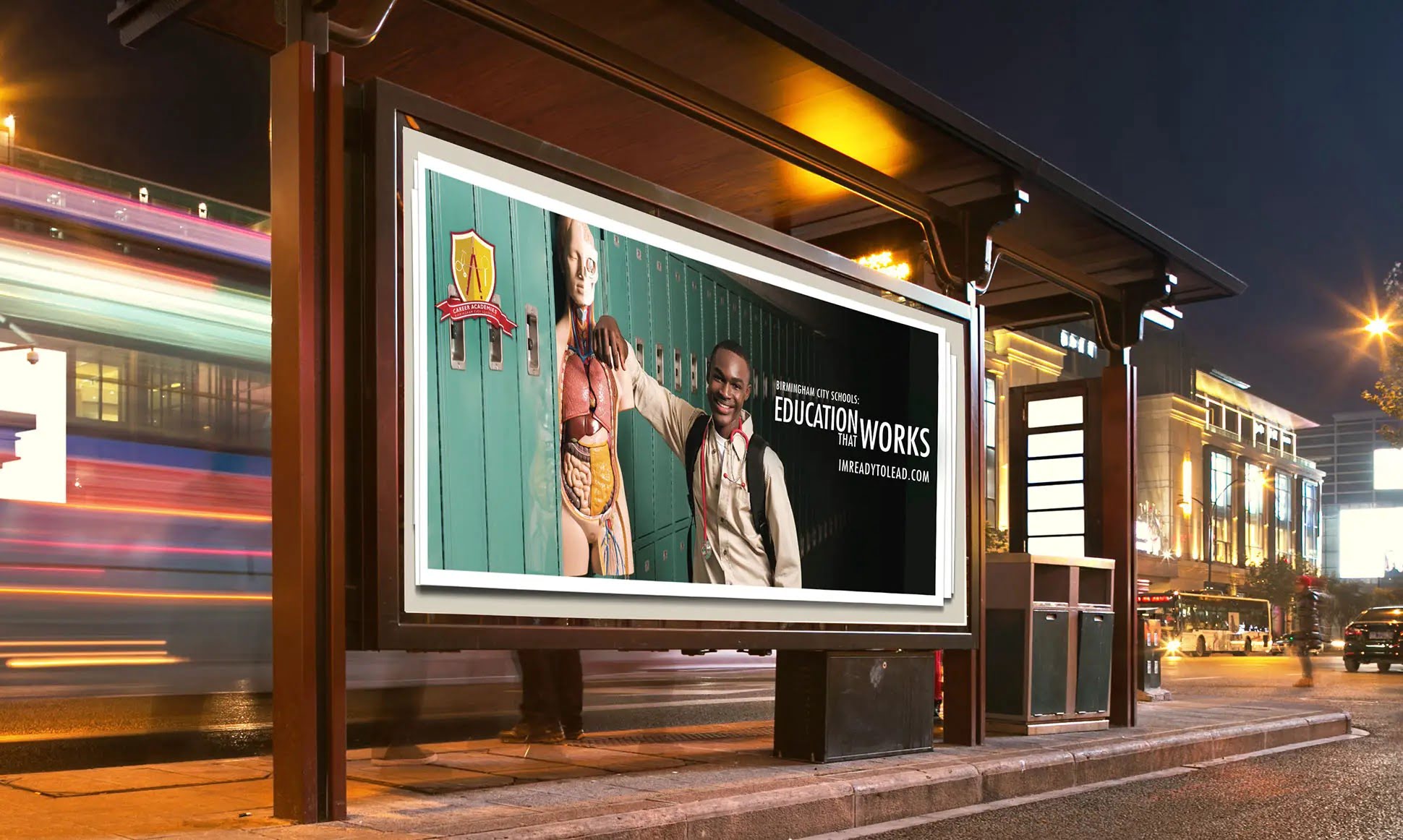

Outdoor Furniture
How To Use Outdoor Advertising
Modified: January 16, 2024
Learn how to effectively utilize outdoor advertising for your outdoor furniture and design business. Discover strategies, tips, and best practices for maximizing your outdoor advertising efforts.
(Many of the links in this article redirect to a specific reviewed product. Your purchase of these products through affiliate links helps to generate commission for Storables.com, at no extra cost. Learn more)
Introduction
In the bustling world of marketing, outdoor advertising stands as a stalwart, drawing attention and sparking curiosity in the hearts and minds of passersby. As the digital realm continues to expand, the enduring presence of outdoor advertising holds an irreplaceable allure. Whether it's the towering billboards that punctuate urban skylines or the vibrant bus wraps that traverse city streets, outdoor advertising commands a tangible and captivating presence.
The essence of outdoor advertising lies in its ability to seamlessly integrate with the natural landscape, making it an inescapable part of our daily environment. This unique characteristic grants it an unparalleled reach, engaging with audiences in a manner that transcends the confines of traditional marketing channels. From the captivating visuals that adorn city buses to the strategic placements of posters in high-traffic areas, outdoor advertising has solidified its status as an indomitable force in the realm of marketing.
While the digital age has ushered in a new era of marketing possibilities, the enduring relevance of outdoor advertising cannot be overstated. It continues to thrive as a powerful medium for conveying brand messages and captivating audiences in a tangible, real-world setting. As we delve deeper into the realm of outdoor advertising, we uncover the intricacies of its design, the artistry of its placement, and the profound impact it holds in the world of marketing.
Join us as we embark on a journey to unravel the nuances of outdoor advertising, exploring the intricacies of its design, the artistry of its placement, and the profound impact it holds in the world of marketing. Let's delve into the art of outdoor advertising and uncover the secrets to creating compelling, impactful campaigns that resonate with audiences far and wide.
Key Takeaways:
- Outdoor advertising seamlessly integrates with the urban landscape, captivating audiences and fostering brand recognition in high-traffic areas, making it a powerful and enduring marketing medium.
- The art of outdoor advertising lies in strategic location selection, compelling design elements, and the use of technology to measure its impact, creating an immersive and tangible experience for consumers.
Read more: What Is Outdoor Advertising?
Understanding Outdoor Advertising
Outdoor advertising, also known as out-of-home (OOH) advertising, encompasses a diverse array of marketing strategies that target consumers outside of their homes. This dynamic and versatile medium leverages physical spaces to convey brand messages, capture attention, and drive engagement. From billboards and transit ads to street furniture and guerrilla marketing tactics, outdoor advertising encompasses a wide spectrum of creative possibilities.
One of the defining features of outdoor advertising is its omnipresence. Unlike other forms of marketing, such as television or print ads, outdoor advertising cannot be turned off, skipped, or ignored with the click of a button. It exists in the physical world, seamlessly integrating with the urban landscape and becoming an inherent part of the environment. This inherent visibility grants outdoor advertising an unparalleled reach, allowing brands to connect with audiences in high-traffic areas, public spaces, and along transportation routes.
Moreover, outdoor advertising possesses the unique ability to generate repeated exposure. Whether it’s a billboard along a daily commute or an eye-catching display at a popular event venue, outdoor ads have the potential to leave a lasting impression on viewers. This persistent visibility contributes to brand recall and recognition, fostering a sense of familiarity and trust among consumers.
Furthermore, outdoor advertising offers a platform for creativity and innovation. With the freedom to leverage unconventional spaces, captivating visuals, and interactive elements, brands can craft memorable and impactful campaigns that resonate with diverse audiences. From utilizing 3D elements to incorporating augmented reality experiences, the creative potential of outdoor advertising knows no bounds.
As we delve deeper into the realm of outdoor advertising, it becomes evident that its impact extends far beyond mere visibility. It is a dynamic and influential medium that thrives on creativity, strategic placement, and the ability to captivate audiences in the physical world. In the following sections, we will explore the intricacies of choosing the right locations, designing compelling outdoor ads, and measuring the effectiveness of outdoor advertising campaigns.
Choosing the Right Location
When it comes to outdoor advertising, the significance of location cannot be overstated. The success of an outdoor ad campaign hinges on the strategic placement of advertisements in high-traffic areas, where they can capture the attention of a diverse audience. Selecting the right locations for outdoor advertising involves a meticulous blend of demographic analysis, visibility assessment, and an understanding of consumer behavior.
One of the primary considerations in choosing the right location for outdoor advertising is the target audience. Understanding the demographics, interests, and behaviors of the intended consumer base is essential in identifying locations where the ads will have the most impact. For instance, if the target demographic consists of young urban professionals, placing ads in bustling city centers, business districts, and trendy neighborhoods can yield optimal results.
Visibility is another crucial factor in location selection. The chosen sites should offer maximum visibility to pedestrians, motorists, and public transit commuters. High-traffic intersections, busy thoroughfares, and areas with prolonged dwell times, such as bus stops or train stations, present prime opportunities for exposure. Additionally, considering the line of sight and angle of approach for potential viewers is instrumental in maximizing the effectiveness of outdoor ads.
Moreover, the surrounding environment plays a pivotal role in the impact of outdoor advertising. The aesthetic appeal, architectural context, and overall ambiance of the location can influence the reception of the ads. For instance, a vibrant and visually striking ad may garner more attention in a bustling urban setting, while a more subdued and elegant ad may resonate better in upscale shopping districts or cultural hubs.
Another aspect to consider is the relevance of the location to the advertised product or service. Placing outdoor ads in proximity to relevant points of purchase or consumption can reinforce brand association and drive immediate action from consumers. For example, a billboard advertising a new restaurant is likely to have a stronger impact when placed near popular dining establishments or entertainment venues.
By carefully evaluating these factors and conducting thorough location analysis, advertisers can pinpoint the optimal placement for their outdoor ad campaigns. The strategic selection of locations ensures that the ads resonate with the target audience, maximize visibility, and integrate seamlessly with the surrounding environment, ultimately driving engagement and brand recognition.
Designing Your Outdoor Ad
The art of designing an outdoor ad is a delicate balance of creativity, visual impact, and strategic messaging. Unlike print or digital ads, outdoor advertisements must capture attention swiftly and effectively amidst the dynamic backdrop of the urban landscape. From billboards and transit ads to street furniture and guerrilla marketing tactics, the design of an outdoor ad plays a pivotal role in its ability to engage and resonate with audiences.
One of the cardinal rules of outdoor ad design is simplicity. With only seconds to make an impression, the ad must convey its message with clarity and conciseness. A compelling visual, coupled with a succinct and impactful message, can leave a lasting impression on viewers. Avoiding clutter and excessive text is paramount, as the ad should be easily comprehensible even at a glance.
Visual elements are instrumental in capturing attention and communicating the essence of the brand or product. Vibrant colors, striking imagery, and bold typography can draw the eye and create a memorable visual imprint. The use of compelling visuals that evoke emotion or curiosity can prompt viewers to engage with the ad, whether through a call to action or by fostering brand recall.
Furthermore, the strategic use of contrast and negative space can enhance the visibility and legibility of the ad, ensuring that it stands out amidst the surrounding visual stimuli. A well-designed outdoor ad takes into account the viewing distance and angle, leveraging design elements that are optimized for quick comprehension and impact from various vantage points.
Typography also plays a crucial role in outdoor ad design. The choice of fonts, font sizes, and hierarchy of text should align with the overall visual theme and message of the ad. Bold, easily legible fonts are essential for ensuring that the message is conveyed effectively, even from a distance or at high speeds for motorists.
Moreover, incorporating a clear call to action can prompt viewers to take the next steps, whether it’s visiting a website, making a purchase, or engaging with the brand on social media. A compelling and actionable message, accompanied by relevant contact information or URLs, empowers viewers to act upon their interest in the ad.
Ultimately, the design of an outdoor ad serves as the visual ambassador of the brand, encapsulating its essence and message in a succinct and compelling manner. By harnessing the power of simplicity, captivating visuals, strategic messaging, and a clear call to action, advertisers can craft outdoor ads that captivate audiences and leave a lasting impression in the bustling world of outdoor advertising.
Choose high-traffic areas for your outdoor ads to maximize visibility. Consider factors like foot or vehicle traffic, demographics, and visibility from a distance.
Types of Outdoor Advertising
Outdoor advertising encompasses a diverse array of formats and mediums, each offering unique opportunities to engage with audiences in the physical world. From towering billboards that punctuate city skylines to dynamic transit ads that traverse urban streets, the landscape of outdoor advertising is rich with creative possibilities. Let’s explore some of the most prevalent and impactful types of outdoor advertising:
- Billboards: Billboards are perhaps the most iconic form of outdoor advertising, commanding attention with their large-scale displays along highways, urban centers, and high-traffic areas. These towering structures provide ample space for captivating visuals and concise messaging, making them a formidable medium for brand awareness and message dissemination.
- Transit Advertising: From bus wraps and subway ads to airport displays and taxi toppers, transit advertising leverages public transportation networks to reach diverse audiences on the move. These dynamic and mobile displays offer high visibility and exposure, capturing the attention of commuters and pedestrians in bustling urban environments.
- Street Furniture: Street furniture advertising encompasses a range of elements, including bus shelters, kiosks, benches, and information displays. These strategically placed fixtures serve as canvases for advertising, seamlessly integrating with the urban landscape and offering targeted visibility in pedestrian-dense areas.
- Guerrilla Marketing: Guerrilla marketing tactics embrace unconventional and unexpected placements to create memorable and impactful brand experiences. From interactive installations in public spaces to creative street art and ambient interventions, guerrilla marketing captivates audiences through surprise and innovation.
- Digital Outdoor Advertising: The integration of digital screens and interactive displays in outdoor environments has ushered in a new era of dynamic and engaging advertising. Digital billboards, interactive kiosks, and immersive experiences leverage technology to deliver captivating and contextually relevant content to audiences.
Each type of outdoor advertising offers distinct advantages and creative opportunities for brands to connect with audiences in the physical world. Whether it’s the expansive reach of billboards, the mobility of transit ads, or the innovation of guerrilla marketing, outdoor advertising continues to evolve and captivate audiences with its diverse array of formats and mediums.
Read more: Why Is Outdoor Advertising Effective
Measuring the Effectiveness of Outdoor Advertising
Measuring the effectiveness of outdoor advertising is essential for evaluating the impact of campaigns, optimizing strategies, and maximizing return on investment. While the tangible nature of outdoor ads presents challenges in tracking direct engagement, there are several methods and metrics that can provide valuable insights into the performance and reach of outdoor advertising campaigns.
One of the fundamental metrics for measuring outdoor ad effectiveness is reach and frequency. Reach refers to the total number of unique individuals exposed to the ad within a specific timeframe, while frequency indicates the average number of times the ad is viewed by the target audience. Understanding the reach and frequency of outdoor ads provides crucial insights into their exposure and potential impact on consumer awareness.
Moreover, location-based data and audience demographics play a pivotal role in assessing the effectiveness of outdoor advertising. Analyzing foot traffic, vehicular traffic patterns, and demographic profiles in proximity to ad placements can offer valuable insights into the audience composition and engagement with the ads. This data can inform future placement strategies and help refine targeting for optimal impact.
Technology has also revolutionized the measurement of outdoor ad effectiveness through the use of geotargeting, mobile tracking, and digital analytics. Leveraging mobile devices and location-based services, advertisers can gain valuable data on consumer behavior, interactions, and conversions prompted by outdoor ads. This data can illuminate the real-world impact of outdoor advertising on consumer actions and brand engagement.
Furthermore, consumer surveys and feedback mechanisms can provide qualitative insights into the perception and recall of outdoor ads. Gathering feedback from individuals who have been exposed to outdoor campaigns can shed light on brand recall, message comprehension, and the overall impact of the ads on consumer attitudes and behaviors.
Brand lift studies, which measure changes in consumer perception and awareness before and after exposure to outdoor ads, offer valuable indicators of ad effectiveness. By examining shifts in brand recognition, favorability, and purchase intent, advertisers can gauge the tangible impact of outdoor advertising on consumer sentiment and brand affinity.
Ultimately, the effectiveness of outdoor advertising extends beyond mere visibility and exposure. By leveraging a combination of reach and frequency metrics, location-based data, technology-driven insights, consumer feedback, and brand lift studies, advertisers can gain a comprehensive understanding of the impact and resonance of their outdoor ad campaigns. These insights empower advertisers to refine strategies, optimize placements, and craft compelling campaigns that resonate with audiences in the physical world.
Conclusion
Outdoor advertising stands as a dynamic and influential medium that continues to captivate audiences, spark curiosity, and drive brand engagement in the physical world. From the towering billboards that adorn urban skylines to the vibrant transit ads that traverse bustling city streets, outdoor advertising remains an indomitable force in the realm of marketing, seamlessly integrating with the urban landscape and capturing the attention of diverse audiences.
As we’ve delved into the nuances of outdoor advertising, we’ve uncovered the artistry of choosing the right locations, the intricacies of designing impactful outdoor ads, and the myriad formats and mediums that define this dynamic realm. The strategic selection of locations, coupled with compelling design elements, fosters an environment where outdoor ads can resonate with audiences, foster brand recognition, and prompt meaningful engagement.
Moreover, the measurement of outdoor ad effectiveness has evolved, leveraging technology, location-based data, and consumer insights to provide a comprehensive understanding of the impact of outdoor advertising on consumer behavior and brand perception. By harnessing these insights, advertisers can refine strategies, optimize placements, and craft campaigns that resonate with audiences in the physical world.
As we navigate the ever-evolving landscape of marketing, outdoor advertising remains a stalwart, offering a tangible and immersive medium for brands to connect with consumers. Its enduring relevance, creative potential, and ability to seamlessly integrate with the urban environment position it as a formidable force in the marketing arsenal, complementing digital strategies and offering a distinct avenue for brand visibility and engagement.
In essence, outdoor advertising transcends the confines of traditional marketing channels, weaving its narrative into the fabric of urban life and captivating audiences in a tangible, real-world setting. It embodies the artistry of design, the strategic placement of messaging, and the profound impact of visual storytelling, creating an enduring presence that resonates with audiences far and wide.
As we navigate the bustling streets, vibrant cityscapes, and dynamic public spaces, outdoor advertising stands as a testament to the enduring power of creativity, innovation, and strategic communication. It continues to thrive as a medium that captivates, resonates, and leaves a lasting impression, solidifying its status as an irreplaceable pillar in the ever-evolving realm of marketing.
Frequently Asked Questions about How To Use Outdoor Advertising
Was this page helpful?
At Storables.com, we guarantee accurate and reliable information. Our content, validated by Expert Board Contributors, is crafted following stringent Editorial Policies. We're committed to providing you with well-researched, expert-backed insights for all your informational needs.
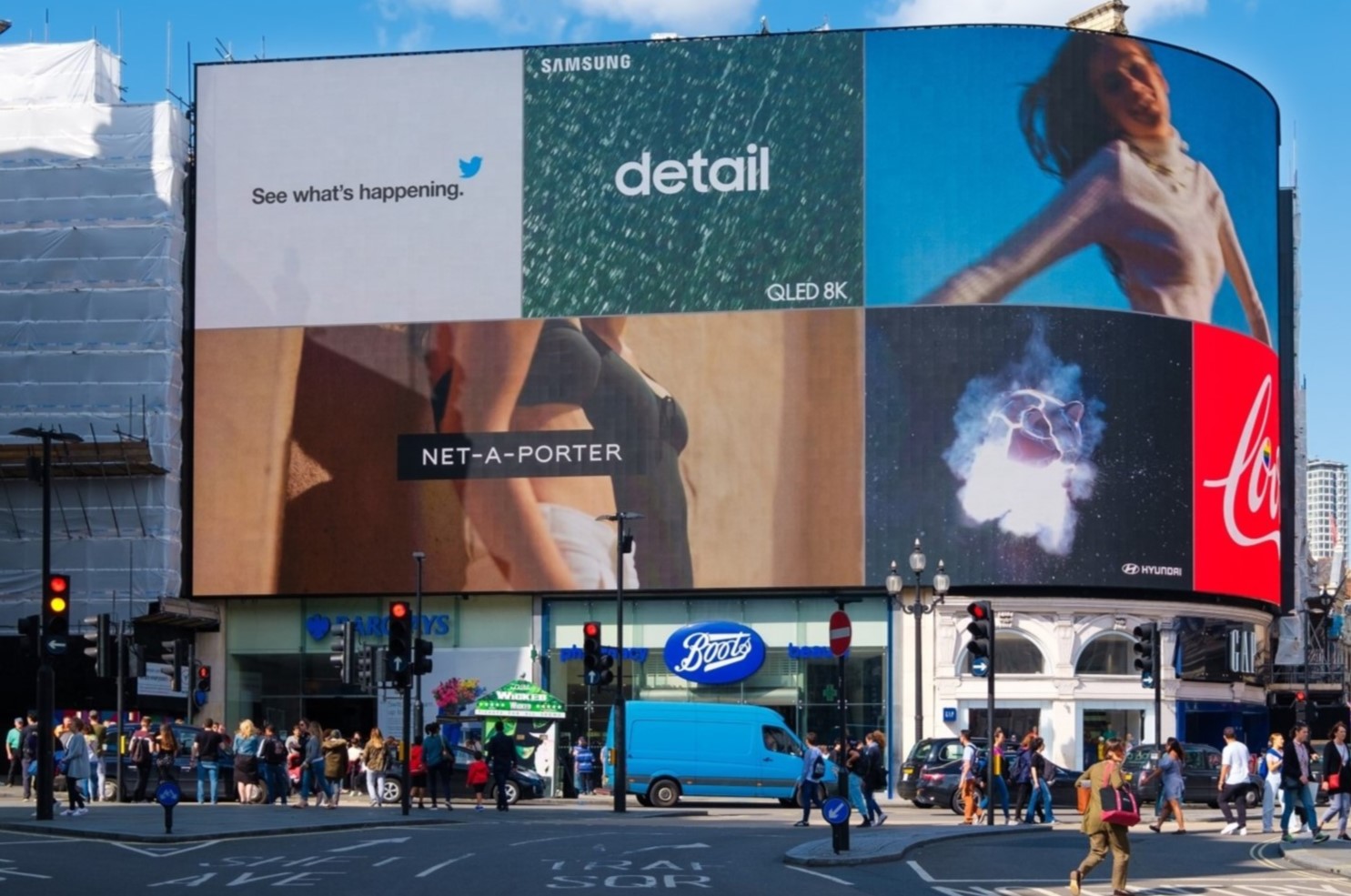

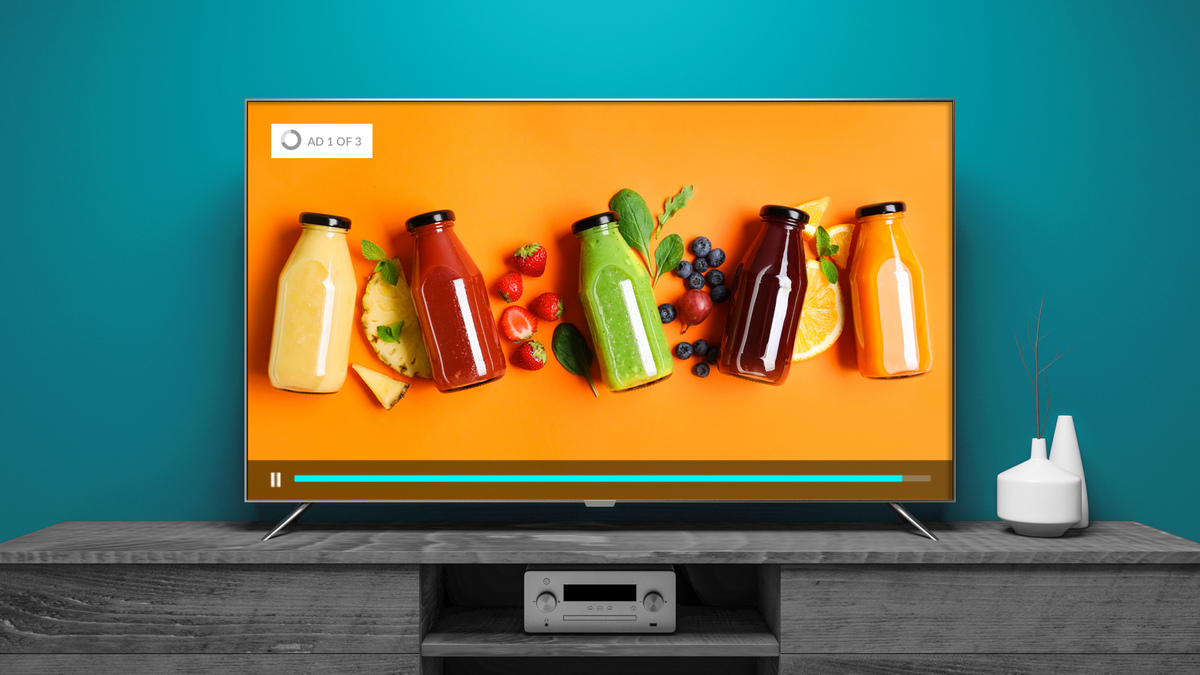
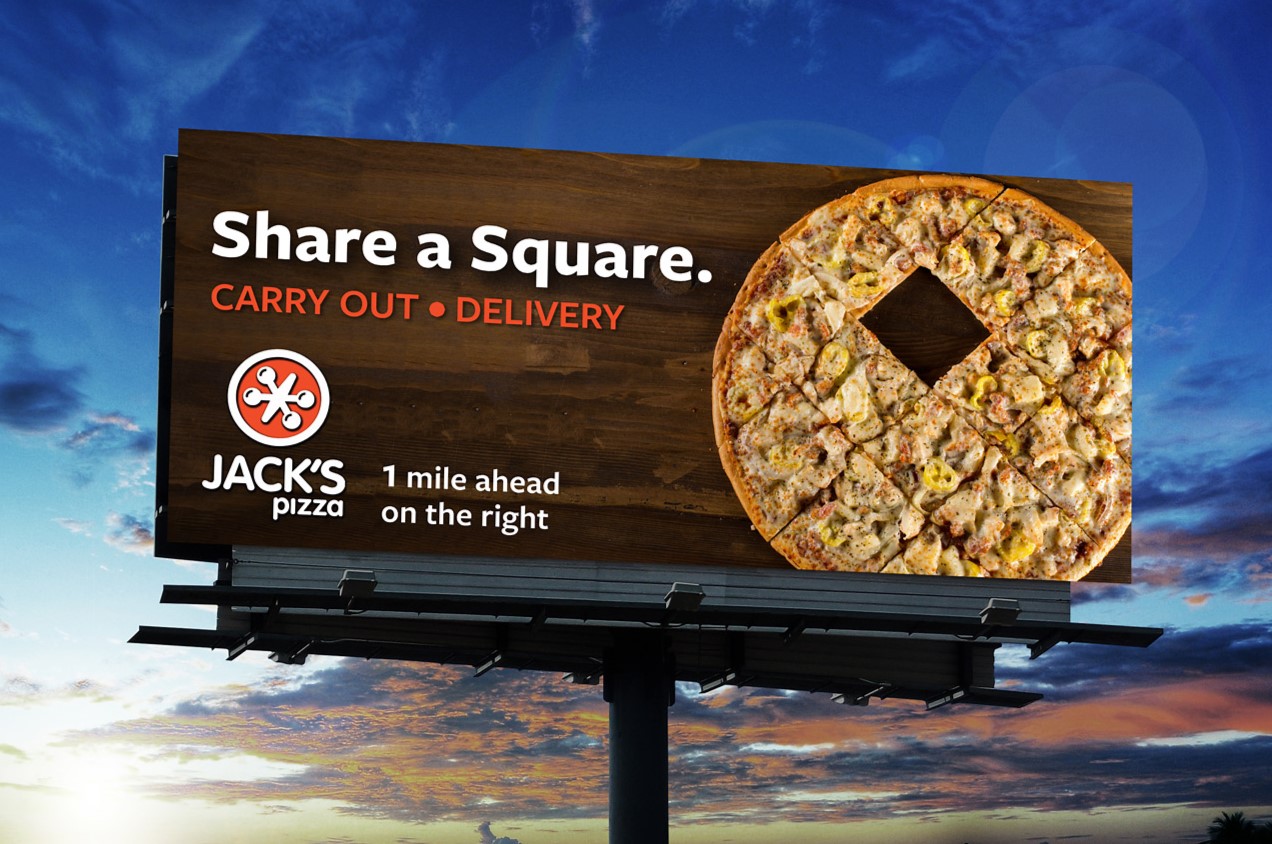
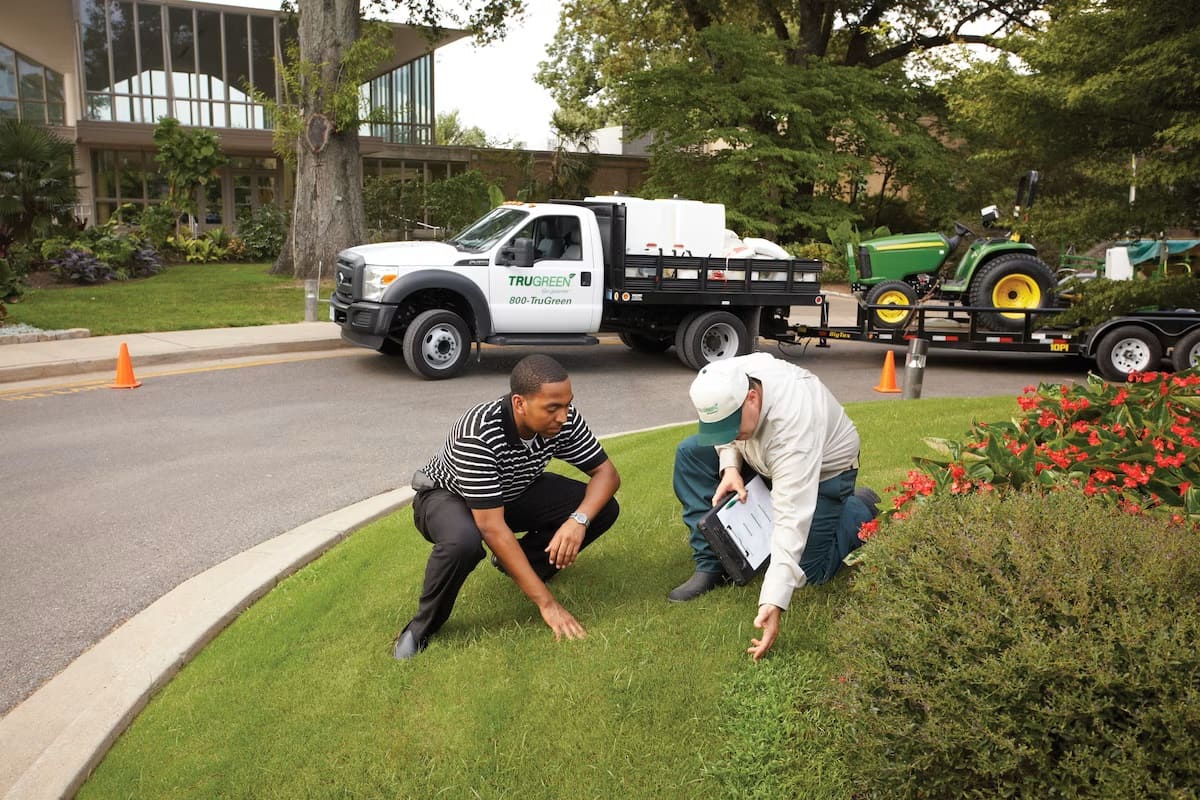




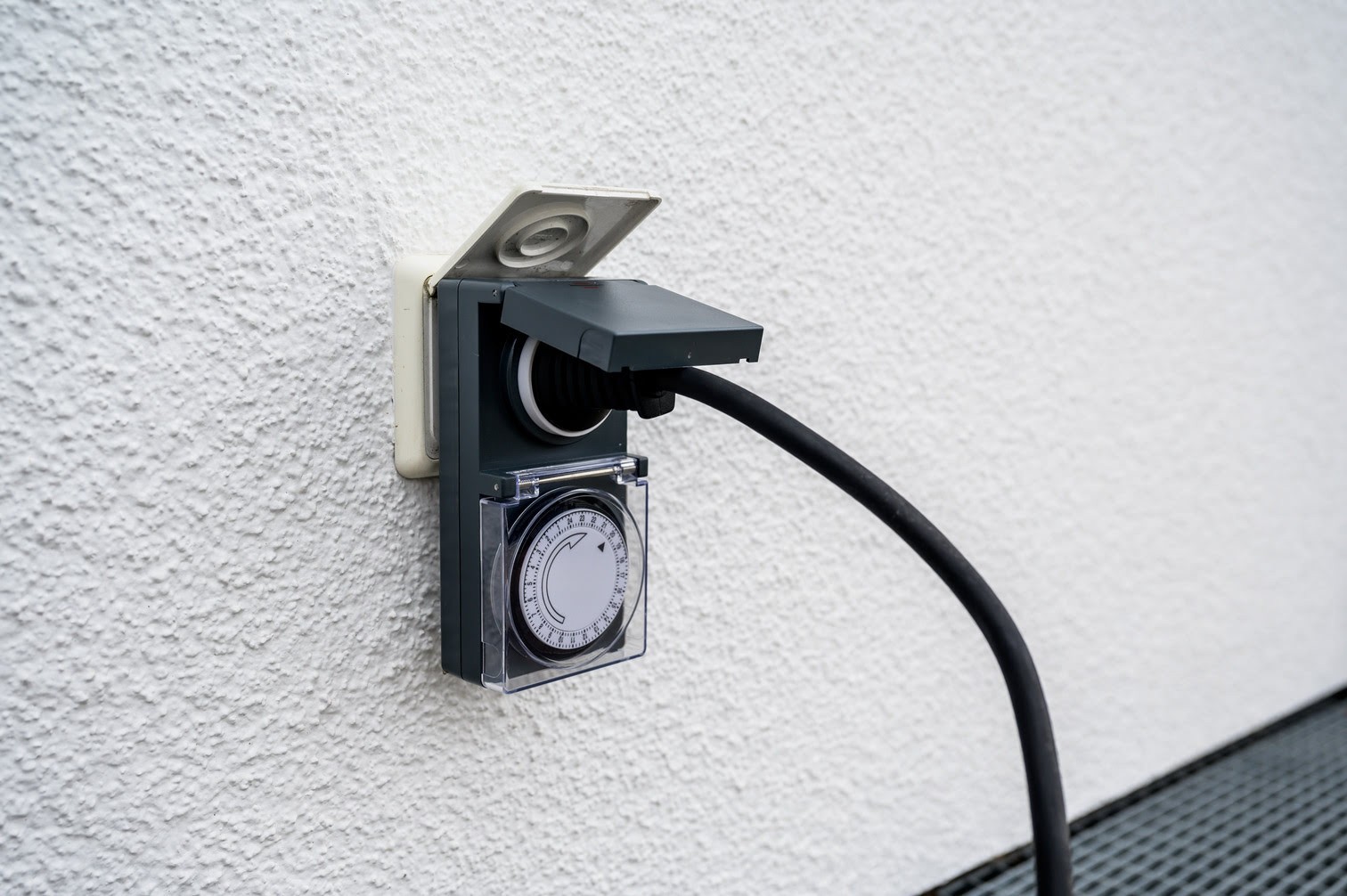





0 thoughts on “How To Use Outdoor Advertising”